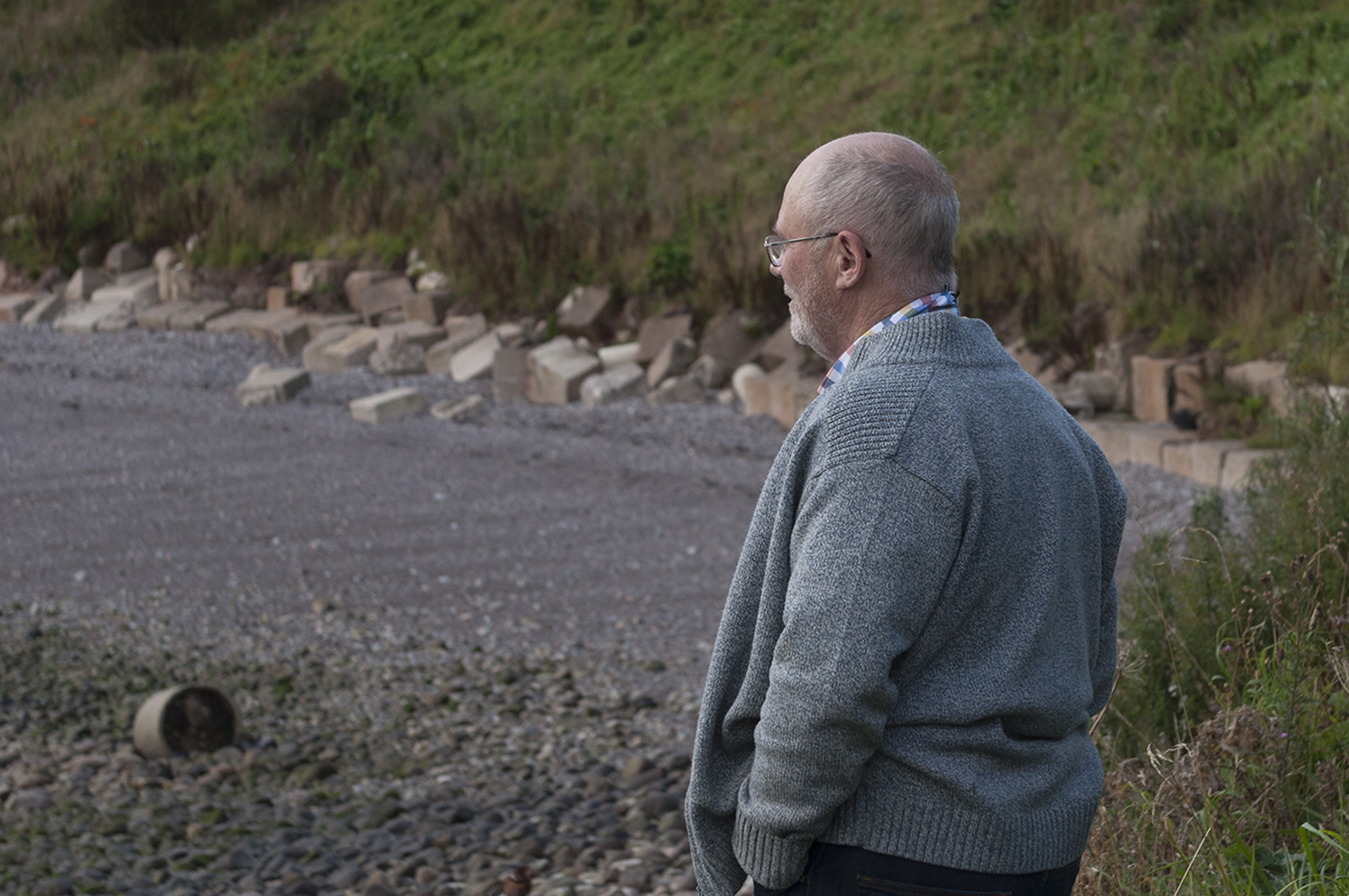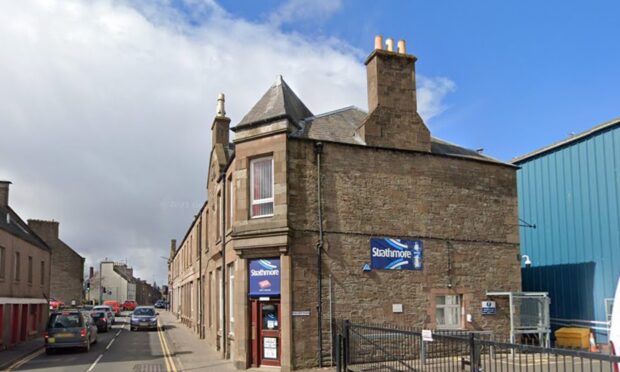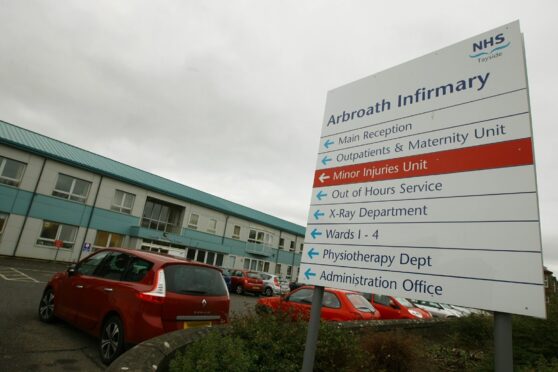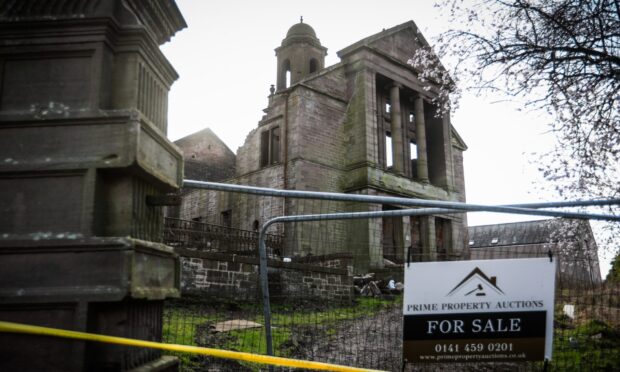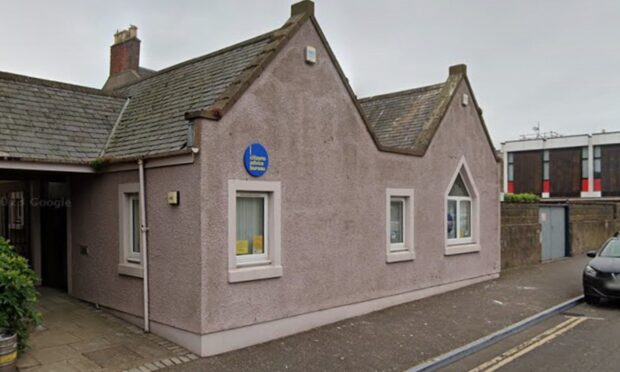The repercussions of a catastrophic storm are still being felt in the Mearns, 21 months after it wreaked a trail of destruction across the region.
Storm Frank swept the country on December 30 2015, bringing torrential rain that flooded homes and destroyed roads across Angus and Aberdeenshire for more than a week afterwards.
The Mearns village of Catterline saw its main access covered by a landslide after one particularly heavy bout of rain.
Now councillors have been told it will cost £220,000 to secure the roadside and protect the community from further slips.
A meeting of the Kincardine and Mearns area committee on Tuesday heard the revised sum had been proposed after earlier quotes to Aberdeenshire Council were deemed too expensive.
Sinead Farren of the authority’s infrastructure services department said: “This road is the only access to the part of Catterline.
“If the remediation is not carried out there is significant risk of the slope failing and access being cut off to 14 households, the Creel Inn restaurant and a Scottish Water waste water treatment works.
“If these works are not carried out and the slope fails, the cost of repairing the damage for the council would be significantly higher and there would be a loss of access for the residents and community.
“The remediation of the slope will extend the lifespan and maintain the link road between to the village of Catterline.
“The works will reduce the likelihood of further repairs as a result of future extreme flood events.”
The Courier previously revealed £7 million worth of property is at risk of flooding damage in Angus and the Mearns.
More than 4,100 properties throughout the region are threatened, according to a Scottish-wide strategy aimed at safeguarding homes and businesses.
Angus Council has identified 4,700 properties in its Tay Estuary and Montrose Basin study, Perth and Kinross Council has said 230 Kirriemuir and Forfar homes are at risk in its River Tay local plan, and Aberdeenshire believes 1,100 homes and businesses are at risk in Stonehaven.
The money will come from £1.3 million of Storm Frank funding provided by the Scottish Government.
Work will begin on October 30 and is due to finish on December 1.
